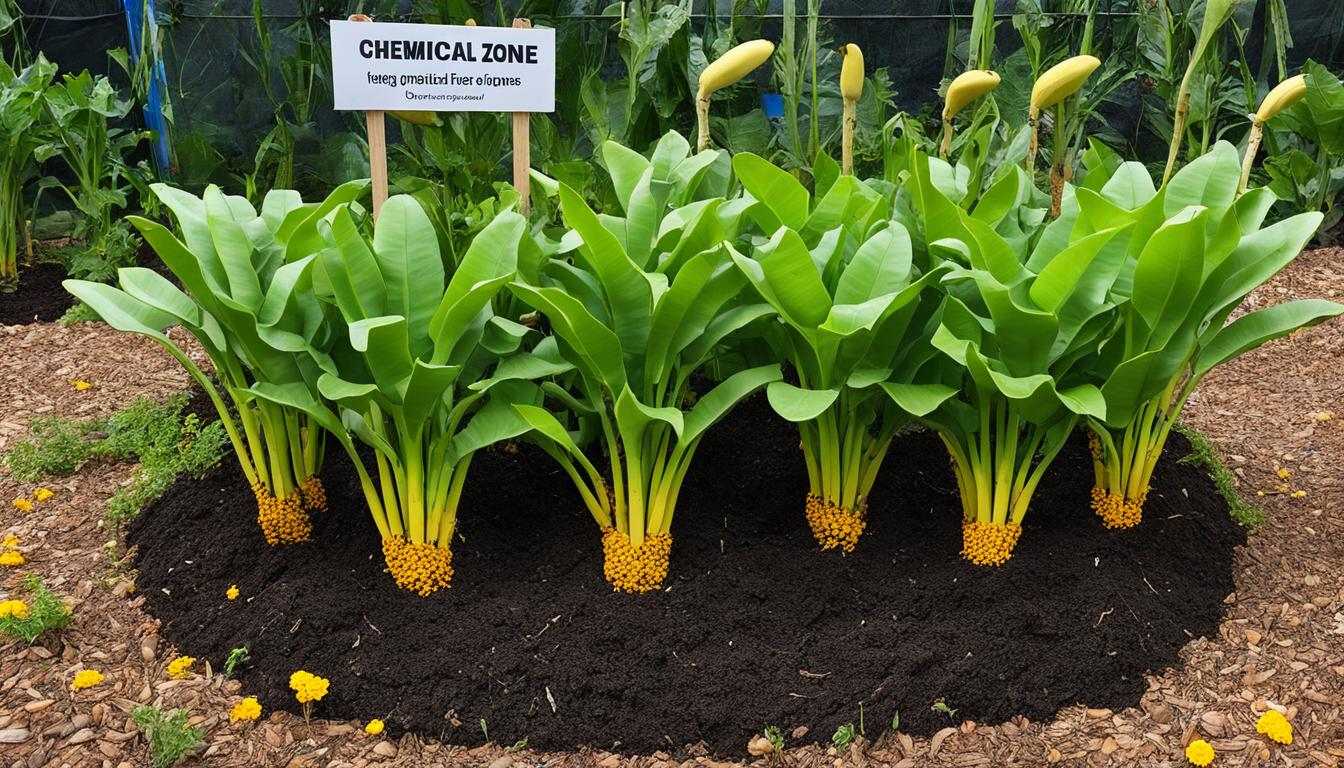Baby banana plants require special attention and care to grow properly. In addition to providing adequate water and sunshine, you must also protect them from diseases and pests. Failure to do so may result in stunted or diseased plants, or even death.
Fortunately, there are several simple steps you can take to prevent diseases and pests from affecting your baby banana plants. By following these tips for baby banana plant care and disease prevention, you can keep your young plants healthy and thriving.
Understanding Common Diseases in Baby Banana Plants
Table of Contents
As with any plant, baby banana plants are susceptible to a range of diseases which can hinder their growth and development. By understanding the most common diseases that affect these plants, you can take proactive steps to prevent them from manifesting.
The most prevalent diseases in baby banana plants include Panama disease, Fusarium wilt, and Sigatoka. Panama disease is caused by a soil-borne fungus and can be identified by yellowing and wilting of the plant. Fusarium wilt, another fungal disease, can cause yellowing of leaves and a slow decline in the plant’s health. Sigatoka, a fungal leaf spot, appears as yellow or brown spots on the plant’s leaves.
To prevent these diseases from affecting baby banana plants, it is crucial to ensure proper sanitation practices, such as avoiding contaminated soil and properly disinfecting any garden tools used around the plants. Additionally, ensuring proper irrigation and fertilization can help strengthen young plants and decrease the risk of disease.
“Preventing diseases in baby banana plants is a crucial aspect of ensuring successful growth and development.”
Furthermore, planting disease-resistant banana varieties can help prevent the spread of these diseases, and removing infected plant material immediately can prevent further spread of the disease to healthy plants. By following these disease prevention tips, you can keep your baby banana plants healthy and thriving.
Implementing Effective Pest Control for Baby Banana Plants
When it comes to controlling pests in young banana plants, it’s crucial to use strategies that are safe and effective for the plant’s well-being. Here are some pest management tips specific to baby banana plants:
1. Regularly check your plants for signs of infestation
Some common pests that can affect baby banana plants include aphids, scale insects, and spider mites. Look out for discolored leaves, sticky residue, or webbing on the plant’s surface. If you notice any signs of infestation, take action immediately to prevent further damage to your plant.
2. Use organic pest control methods
Chemical pesticides can harm not only the pests but also the plant itself. Consider using natural pest control methods such as neem oil, insecticidal soap, or a homemade garlic spray to repel pests without damaging the plant.
3. Keep your plant healthy
By maintaining healthy soil and regularly fertilizing the plant, you can boost its immunity and help it ward off pests naturally. Keep the plant in a well-lit area and avoid overwatering, as this can weaken the plant and make it more susceptible to pests and diseases.
“Proper pest management is essential to ensure the healthy growth of your baby banana plants.”
By implementing these pest control strategies, you can protect your baby banana plants from harmful pests and promote their growth and health. With a little patience and care, your young banana plants can thrive for years to come.
Protecting Baby Banana Plants: Tips and Best Practices
Aside from disease prevention and pest control methods, there are other ways to protect your baby banana plants and ensure their healthy growth. Here are some tips and best practices:
- Watering: Ensure your baby banana plants get enough water without overwatering them. Water them regularly, but make sure the soil is not waterlogged.
- Sunlight and Shade: Baby banana plants require a balance of sunlight and shade. Ensure they are not exposed to direct sunlight for long periods as this can damage the leaves and roots.
- Soil Quality: Use high-quality soil that is rich in nutrients. Regularly check the pH level of the soil and adjust it if necessary.
- Fertilizing: Apply a slow-release fertilizer or organic compost to the soil around your baby banana plants. This will provide the nutrients they need to grow healthy and strong.
- Pruning: Prune your baby banana plants regularly to remove any damaged or diseased leaves or stems. This will prevent the diseases from spreading and ensure proper airflow around the plant.
By following these tips and best practices, you can protect your baby banana plants from pests and diseases while ensuring their healthy growth. Keeping diseases and pests away from young banana plants is essential to ensure a bountiful harvest in the future.

